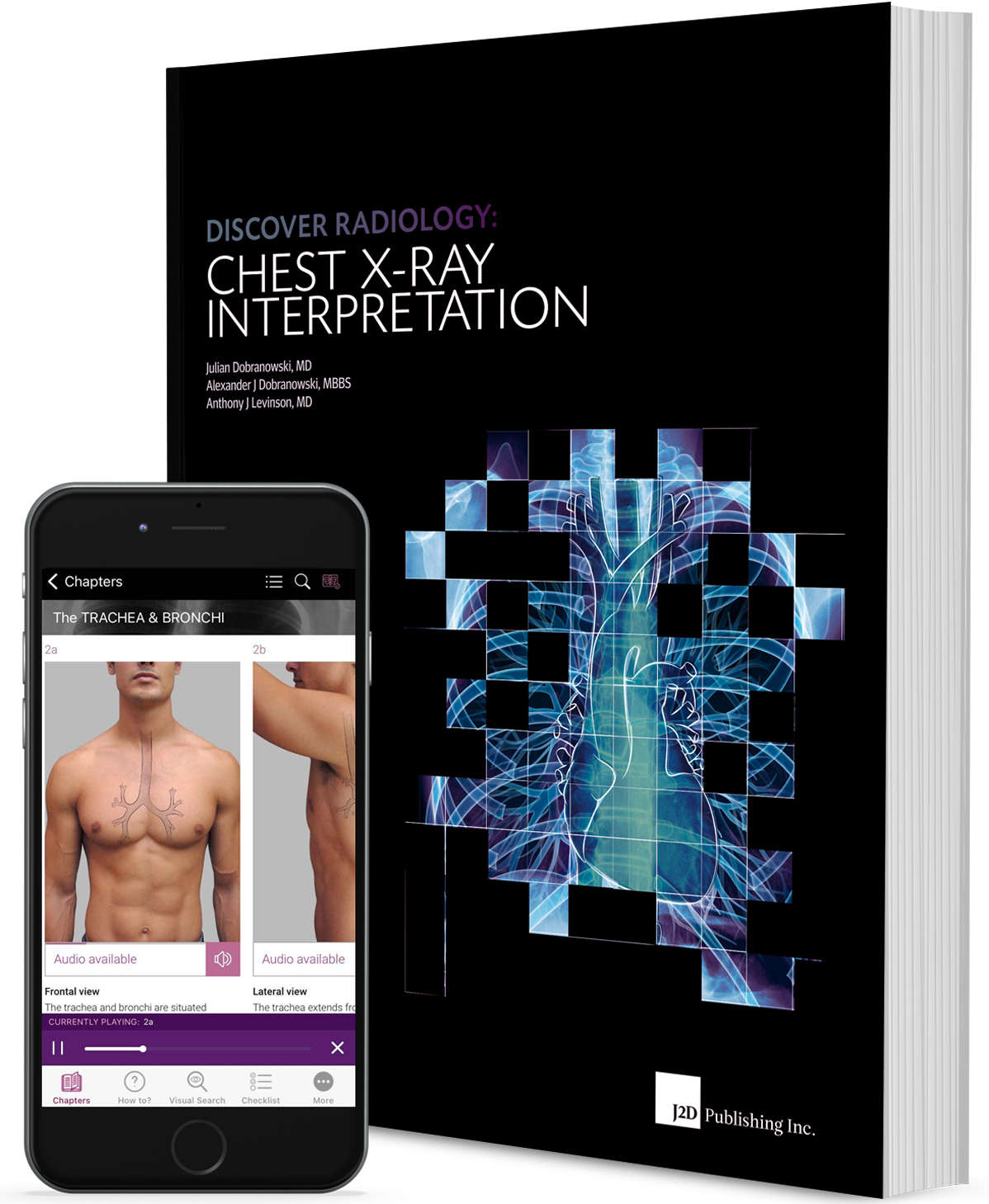Your book is often reviewed as an excellent tool to learn chest x-ray interpretation. What makes your book different from other resources?
Julian Dobranowski, MD, FRCPC FCAR: The book is different because of the way it was produced from the very beginning. We recommend that the book be read from cover to cover at the first instance too. But then once you've been able to get through the entire book, the book has all sorts of important caveats within it. It has how-tos, it has checklists too, so that it gives you quick references to various areas that you otherwise would have a difficult finding.
The book is also written in a format that is easy to read. Nowadays, we struggle with time because everybody has so many pressures to learn various things, too. So when you look at the book, the book was actually produced so that it is visually appealing. There are a lot of chapters. There's a lot of pages in the textbook, but there's also a lot of visuals – there's a lot of pictures there, and there's a lot of graphic illustrations that help get the points across.
Each chapter is started with a ‘what's in it for me’, so that you as a learner have a clear understanding when you start reading a chapter, what you're going to get from that chapter for yourself that will help you with your clinical practice. Everything is aimed to help you as a learner to improve patient care. And for us, together, to have better patient outcomes in the end.
Dr. Julian Dobranowski is a professor and chair of the Department of Radiology at McMaster University, chief of diagnostic imaging at Niagara Health, and provincial head for the Cancer Imaging Program at Cancer Care Ontario.




